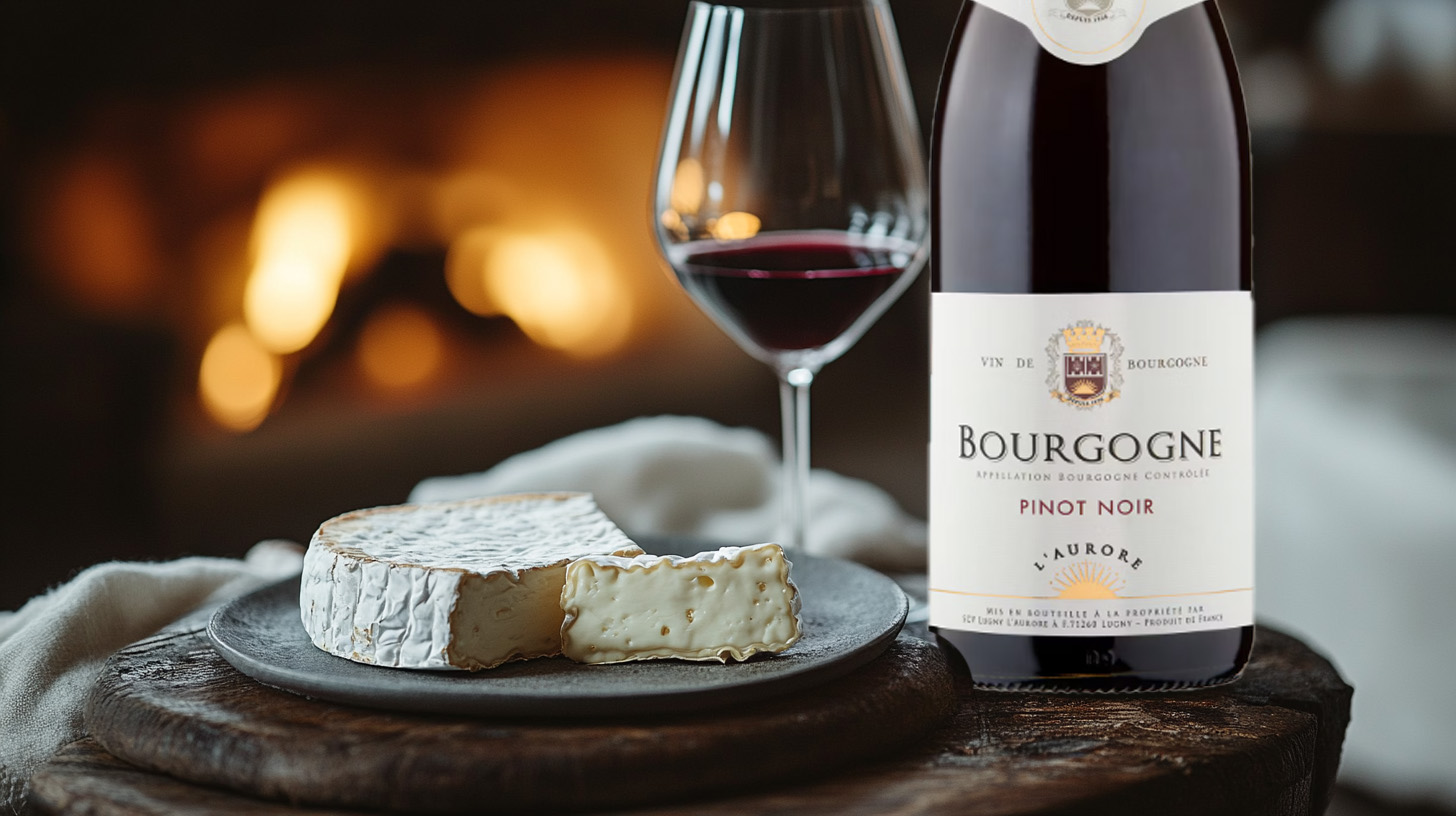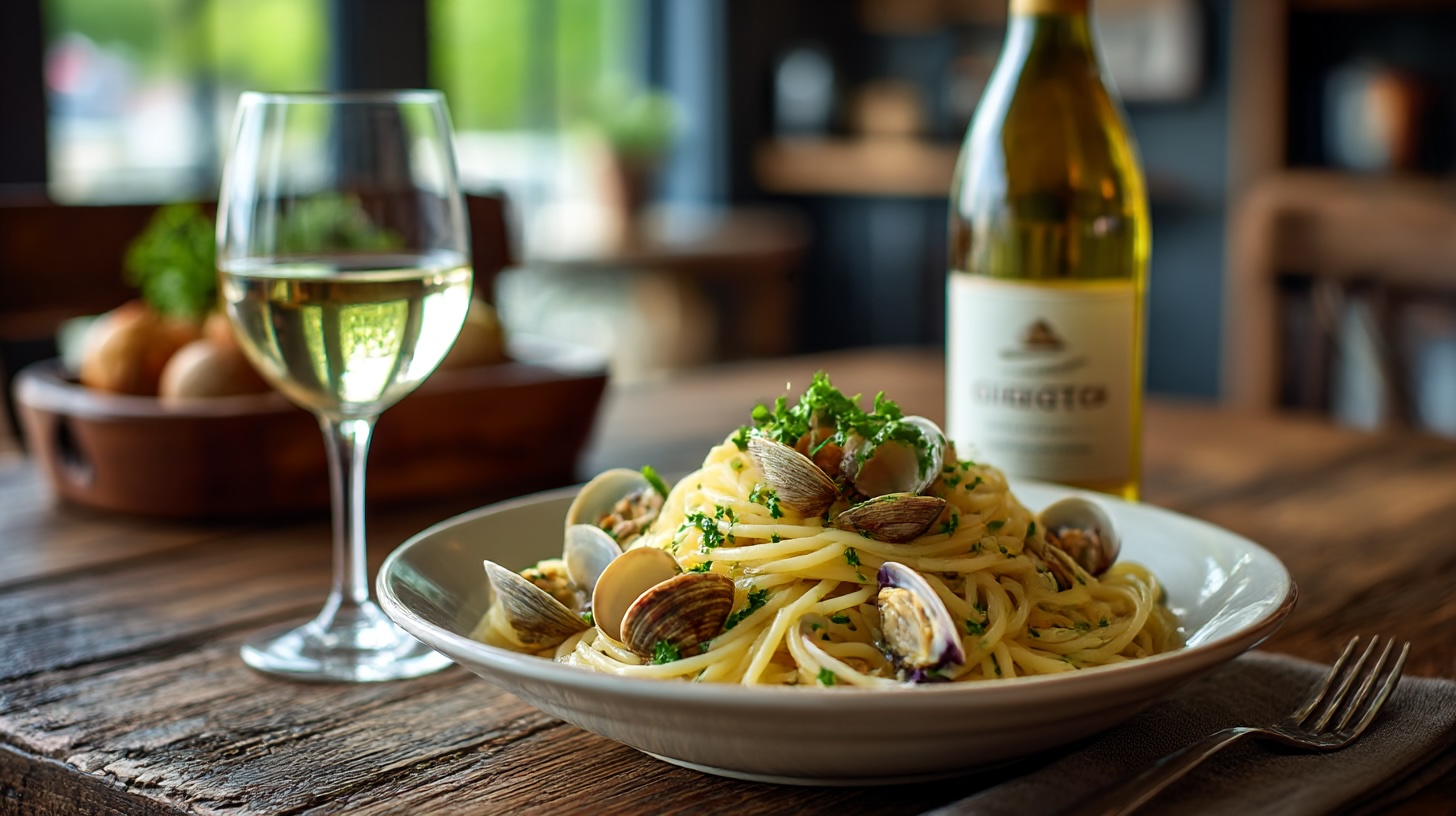Pinot Noir: The Wine That’s Difficult to Master but Impossible to Resist
Pinot Noir is the heartbreaker of the wine world. It’s temperamental, demanding, and unpredictable, yet when it’s good, it’s nothing short of transcendental. No other grape inspires such devotion—or such frustration—from winemakers. It ripens early, bruises easily, and sulks in the wrong climate. Yet despite its diva behaviour, Pinot Noir has captured the imagination of wine lovers for centuries, producing some of the most delicate, complex, and achingly beautiful wines in existence.
Burgundy is Pinot Noir’s birthplace and spiritual home. Here, in this hallowed French region, Pinot Noir reaches its peak expression, producing wines that are ethereal, perfumed, and layered with an almost haunting complexity. Names like Romanée-Conti, Chambertin, and Clos de Vougeot are whispered with reverence among collectors, their bottles fetching eye-watering prices. Yet, Burgundy’s magic isn’t limited to the most prestigious labels. Even modest village-level wines can offer a glimpse into Pinot Noir’s elegant soul.
But Pinot Noir isn’t just a Burgundian affair. It has spread across the globe, finding new expressions in different terroirs. In Oregon’s Willamette Valley, it takes on a bright, red-fruited vibrancy with an earthy edge. California’s Russian River Valley gives it a lusher, more generous profile, packed with ripe cherries and silky tannins. New Zealand’s Central Otago brings out a wilder side, with bold fruit, spice, and an unmistakable streak of minerality. Even Germany (where it’s called Spätburgunder) and Chile are crafting impressive versions, proving that Pinot Noir is both elusive and adaptable.
What makes Pinot Noir so special? It’s the way it captures a sense of place like no other grape. It doesn’t mask terroir—it amplifies it. Every bottle tells the story of where it was grown, from the fog-kissed hills of Sonoma to the limestone-rich slopes of the Côte d’Or. It’s also a wine of texture, more about finesse than power. A great Pinot Noir doesn’t hit you over the head with intensity; it lingers, unfolding in delicate layers of fruit, spice, and earthiness.
Pairing this wonderful wine with food is almost too easy—it’s a sommelier’s dream. Its bright acidity and silky tannins make it ridiculously versatile. A classic pairing? Duck. The wine’s cherry and plum notes beautifully complement the richness of the meat. Mushroom-based dishes are another perfect match, playing into Pinot’s earthy character. It’s also brilliant with salmon, roast chicken, and even a well-made cheeseburger. And let’s not forget cheese—Brie, Camembert, and Gruyère are all fantastic Pinot Noir partners.
Like all great wines, Pinot Noir comes with its fair share of myths. Myth: It’s always light-bodied. Truth: While it’s rarely heavy, Pinot Noir can range from delicate and floral to deeply structured and intense, depending on where it’s grown. Myth: It doesn’t age well. Truth: The best Pinot Noirs develop extraordinary depth over time, evolving from fresh red fruit to truffle, forest floor, and spice. Myth: It’s always expensive. Truth: Yes, top-tier Burgundy can cost as much as a small car, but excellent Pinot Noirs can be found at more wallet-friendly prices from regions like Chile, New Zealand, and even parts of France outside Burgundy.
Pinot Noir might not be a health drink, but if you need an excuse to pour another glass, it’s packed with resveratrol, the antioxidant linked to heart health. Its naturally high acidity can also make it easier on digestion compared to heavier reds. But let’s be honest—no one is drinking Pinot Noir for the antioxidants. It’s about pleasure, pure and simple.
Finding this wine isn’t difficult, but finding great Pinot Noir takes a bit of effort. Burgundy is the holy grail, but stellar bottles come from Oregon, California, and New Zealand. German Spätburgunder is an underrated gem, and Chilean Pinot Noir offers exceptional value. Your local wine shop is bound to have something, and if you’re feeling adventurous, seeking out a lesser-known producer often leads to the best surprises.
Pinot Noir is the wine that keeps you coming back, forever chasing that perfect bottle. When it’s great, it’s pure poetry—elegant, expressive, and unforgettable. When it’s not, well, at least the search is delicious.




1 comment